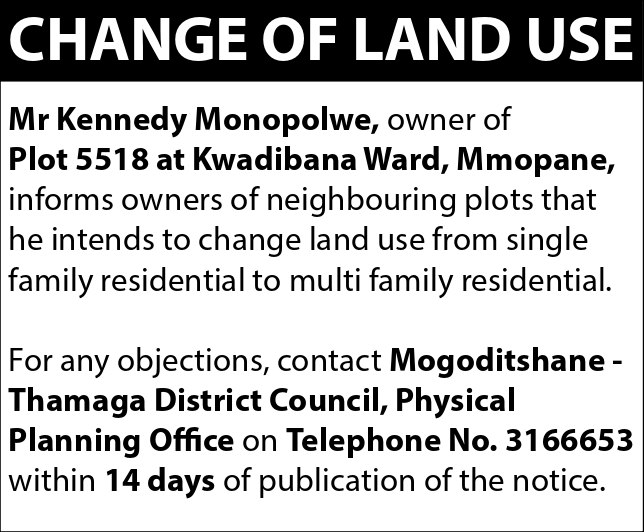- Anglo blames lockdowns
GAZETTE REPORTER
For the 2020 full year, the world’s leading diamond company, De Beers, saw its total revenue decrease by 27 percent, wiping out an astounding P13.2 billion (1.2 billion USD) in revenue, compared to the 2019 reporting period.
This is according to parent company, Anglo American Corporation, De Beers revenue in 2020 was $3.4 billion (P37.3 billion) after a 24 percent decline from $4.6 billion (P50.5 billion) in 2019. The decline in De Beers revenue is attributed to difficult market conditions, lockdowns in India and associated flexibility offered to customers,
all due to the COVID-19 pandemic.
In the course of the same reporting period, rough diamond sales fell by 30 percent to $2.8 billion (P30.7 billion), compared to $4.0 billion (P43.9 billion) in 2019. Sales of rough diamonds dropped by 27 percent to 21.4 million carats (2019: 29.2 million carats).
Underlying earnings before interest, taxes, depreciation and amortisation (EBITDA) decreased by 25 percent to $417 million (2019: $558 million). “This is owing to impact of the lower sales volumes and the lower rough price index reducing margins in both the mining and trading business, particularly in the first half of the year,” the company’s financials show.
De Beers’ capital expenditure decreased by 33 percent to $381 million (2019: $567 million). The decline was blamed to the deferral of stay-in-business projects into future years without compromising safety or operational integrity. “This decrease was also driven by favourable exchange rates,” says Anglo of De Beers. “Although there were COVID-19-related disruptions at De Beers’ expansion projects, execution of Venetia Underground and Jwaneng Cut-9 continued to progress, and the new AMV3 vessel for Namibia (the largest diamond recovery vessel ever built) remains on track for commissioning
in 2022.”
ROUGH PRODUCTION ALSO DECLINE
Well known for its expertise in diamond exploration, mining, grading, marketing and retail, De Beers also recorded an 18-percent decline in rough diamond as they fell to 25.1 million carats (2019: 30.8 million carats). “This is in response to lower demand due to the pandemic and the COVID–19-related shut downs in southern Africa during the first half of the year,” Anglo said.
In Botswana, production decreased by 29 percent to 16.6 million carats (2019: 23.3 million carats), with volumes at Jwaneng reducing by 40 percent to 7.5 million carats (2019: 12.5 million carats), while production at Orapa decreased by 16 percent to 9.0 million carats (2019: 10.8 million carats). The decline in both Botswana’s leading mines was largely due to a nationwide lockdown from 2 April to 18 May and planned treatment of lower grade material at both Jwaneng and Orapa, following their restart as a production response to lower demand.
In Namibia, production decreased by 15 percent to 1.4 million carats (2019: 1.7 million carats), primarily due to suspension of marine mining during part of the third quarter in response to lower demand. Production at the land operation decreased by 21 percent, principally as a result of the COVID-19-related shut down. In South Africa, production increased to 3.8 million carats (2019: 1.9 million carats) as the reductions experienced
in the first half due to the national shut down were more than offset by an expected increase in grade as the ore from the last cut of the open pit is processed as the mine transitions to underground operations.
Anglo American is De Beers’ major shareholder and owns 85 percent of the company. The remaining 15 percent is owned by the Government of Botswana. De Beers Group and its partners produce around one third of the world’s rough diamonds by value. De Beers sells rough diamonds to global diamantaires through its diamond trading and auctions businesses.




